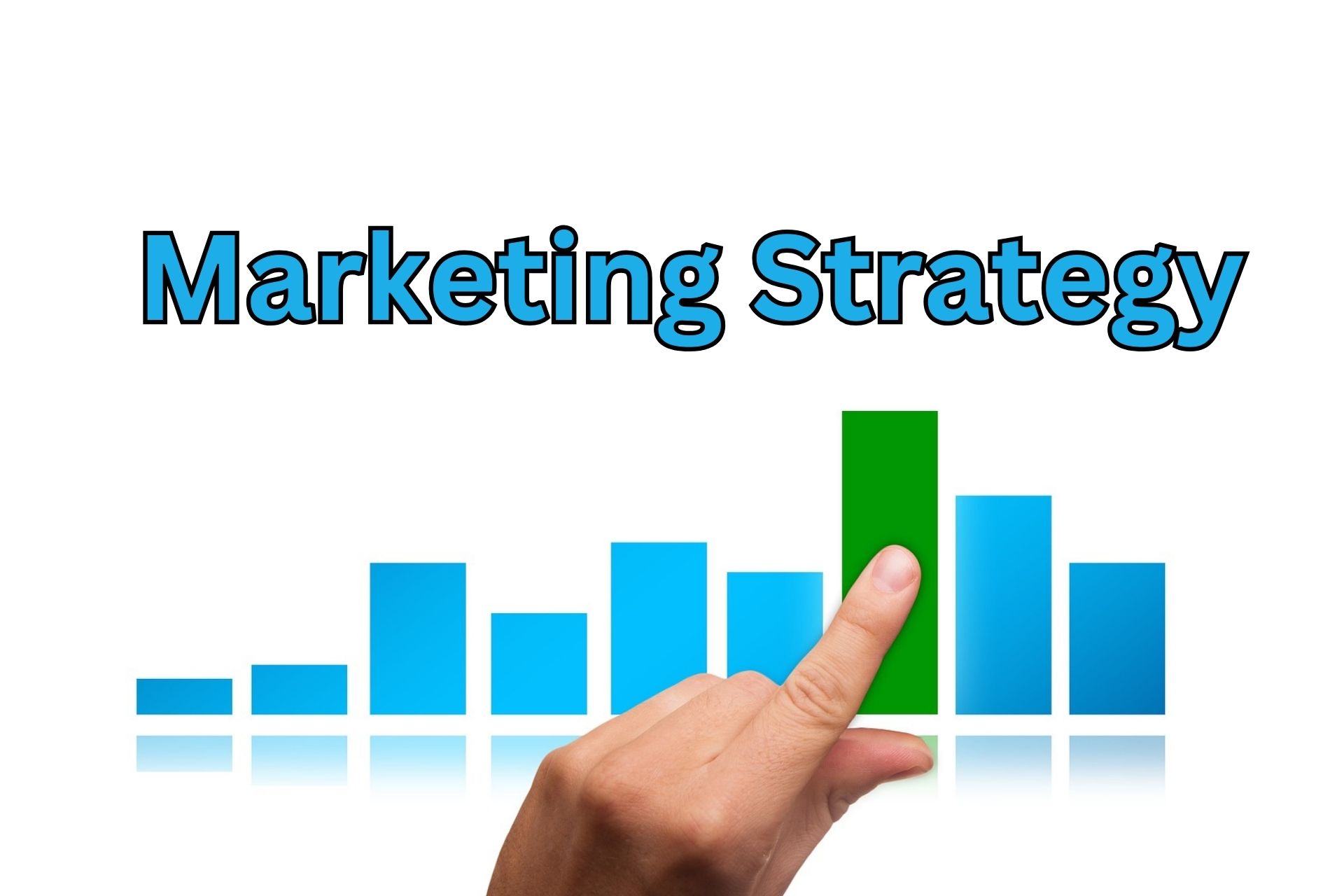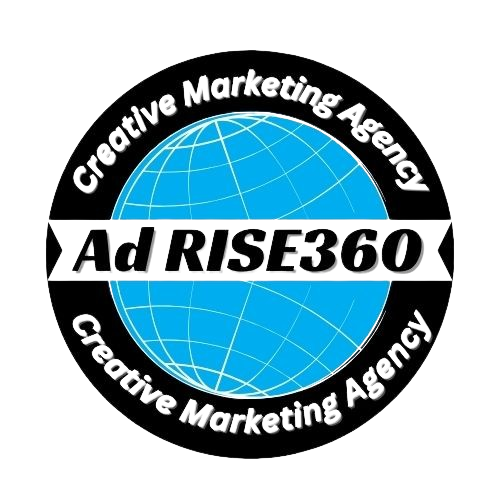A marketing strategy is the company’s comprehensive plan to promote and facilitate the purchase and sale of its goods and services. The four Ps of marketing—product, pricing, place, and promotion—are all included in a comprehensive marketing plan. How to contact potential customers and convert them to customers is determined by a marketing plan. It involves details regarding target client demographics, the company’s value proposition, core brand message, and other high-level components. A marketing strategy is a long-term plan that describes the value that a company offers to its clients. Marketing strategy serve as a compass to direct marketing efforts rather than outlining the precise tasks needed in advertising campaigns.
Let’s Understand What is Marketing-Strategy?
Although the terms “marketing strategy” and “marketing plan” are sometimes used synonymously, they actually refer to two distinct procedures. Because of this, it’s typical practice to base a marketing plan’s development on an already-existing marketing strategy. The plan outlines how the marketing objectives will be accomplished, whereas the strategy outlines the goals.
A marketing plan outlines the specific steps and approach used to carry out a marketing campaign. A marketing strategy, on the other hand, describes the overall goals of the marketing campaign, including the target market for the company and the value that its products offer to consumers.
Consider an e-commerce company that is attempting to increase the number of its clients. It starts utilizing marketing strategies, such as a referral program, to promote good word-of-mouth communication, but its results are only moderately successful.
The corporation might have discovered that, by reaching out to untapped target demographics, it actually needed to grow its customer base if it had developed a marketing strategy. Therefore, a digital marketing strategy centered on content production through targeted blog posts and search engine optimization will have been outlined in its marketing plan.
A superb plan can result from a superb strategy.

The Most Powerful Elements Included In Successful Marketing Strategy
Top Most Five essential components make up a winning marketing strategy, and they all work together to help the business reach its objectives. These components include of determining the target market, creating a distinctive value proposition, establishing a strong brand identity, putting in place efficient communication channels, and continuously evaluating and modifying the plan in light of the outcomes. Businesses can develop a thorough and successful marketing plan that promotes growth and success by combining these components.
Determining the target audience is one of the five essential components of an effective marketing strategy. To do this, you must comprehend the characteristics, hobbies, and purchasing patterns of the individuals who are most likely to be considering your good or service. Understanding your target market will help you better connect with them and boost conversion rates by helping you craft messages and strategies that are specific to them. To create a message that appeals to your target audience, it is critical to identify and comprehend them.
Second, by creating a unique selling proposition (USP), your unique value proposition should set your good or service apart from rivals. A USP is an effective tool for setting your product or service apart from the competition by emphasizing its special features and value proposition. It ought to be audience-specific, succinct, memorable, and clear. Having a compelling USP will help you build brand awareness, draw in new business, and keep existing clients.
Thirdly, your identity should be succinctly and persuasively communicated through clear branding. For a marketing strategy to be effective, building a strong brand image is essential. This entails developing a distinctive and identifiable brand identity that appeals to your target market and distinguishes you from rivals. A strong brand image can raise brand awareness, foster consumer loyalty and trust, and eventually boost sales. Creating a distinct visual identity, coherent brand voice, and clear brand messaging for each and every marketing channel are all part of this.
Fourth, it’s critical to select efficient methods of reaching your target market, be it traditional advertising, email marketing, or social media. The use of efficient communication channels is a component of a winning marketing plan. This entails determining who the target market is and using the right channels—such as social media, email marketing, or traditional advertising—to reach them. It also entails crafting messages that audiences find intriguing and move them to action. Businesses may efficiently contact and engage their target consumers through efficient communication methods, which will ultimately increase sales and help them meet their marketing objectives.
Lastly, having quantifiable targets enables you to monitor the effectiveness of your marketing campaigns and make any adjustments. The key to success is choosing the right marketing channels and continuously evaluating and modifying the plan in light of the outcomes. Businesses can develop a thorough and successful marketing strategy that will assist them in achieving their objectives and expanding their clientele by concentrating on these components.
You may raise the likelihood that your business goals will be met by adding these five components to your marketing plan.

Why is it crucial to have a marketing strategy?
It is crucial for start-ups, small enterprises, and well-known international brands alike to have a marketing plan that is effective and efficient.
Marketing tactics help companies and brands do the following:-
- Analyze their place in the existing business environment as well as it itself.
- Match up a company’s goals on a roadmap with the actions needed to reach them.
- Bring stakeholders together around common objectives.
- Determine target markets and satisfy both current and potential customer’s needs.
- Increase consumer awareness of a brand and its line of products.
- Organize marketing initiatives using analytics to evaluate their effectiveness.
- Boost revenue, market share, client base, and competitive edge.
This makes it not unexpected that the majority of organizations allocate between 5 and 12%, and in some cases up to 15%, of their total budget to marketing. Spending, of course, differs greatly by sector and industry. B2B marketing, for instance, usually costs more per lead than B2C marketing, even if B2C firms spend more money on marketing since they need more conversions to make a profit. Nevertheless, marketing still contributes significantly to a company’s profitability.
How to Build a Successful Marketing Plan
It is obvious that strategy and planning are intertwined in the marketing domain. Planning comes first when creating a marketing strategy, and neither is complete or meaningful without the other. A business must search both within and globally for both. You must understand both your brand and your target audience and devise strategies to bring them together.
We’ve included a few of the actions you may take to get started when creating marketing strategies and plans. These can be used as a guide while working independently, even if the precise procedures frequently change depending on the organization.
Starting with a purpose.
Your entire business goals and your marketing strategy goals should be in line. For example, your marketing strategy goal could be to increase website visitors and conversions by a specific percentage if your primary objective is to attain a specific level of income.
Another way to get started would be to create a mission statement. This is basically a “what and how” statement for your company, outlining your goals and the steps you’ll take to get them. While it may not be as quantifiable internally, it can assist you in creating a core message for your marketing campaigns.
Execute a market analysis.
Understanding the market you intend to operate in is a prerequisite for creating a marketing plan. The use of marketing analytics is essential to each stage of the procedure. First, though, you want to gauge the internal and external factors as well as the current state of affairs.
Pay attention to your company’s advantages and disadvantages as well as the current state of the market. Seek out new and established trends and think about how you might benefit from them. In a similar vein, make an effort to draw attention to any difficulties that you and your rivals have had or may encounter.
Recognize your clients.
When you’re just starting out, your clients should come first in all you do. Anticipate their needs and consider how you might outperform your rivals in meeting them while developing a marketing strategy.
At this point, you should consider your consumer personas and choose a few of your target markets. These are two of the most effective strategies to get to know and comprehend your clients, regardless of whether you’re launching a new company or working for an already-existing one.
You can then begin to consider how you can approach doing so by being more specific about who you are attempting to appeal to. It increases the relevance and targeting of your marketing, which raises the likelihood of success.
Understand your resources and goods.
You must know what you will be providing to your clients, regardless of whether you are in the development stage or have an existing product or service. Understanding your place in the market or business is your aim here.
At this point, you can employ a method that has gained some traction: the “4 Ps of the marketing mix.”

These four Ps ideas are as follows:-
Product:- Here, you should consider what it is that you offer to clients and what sets it apart. Consider how well it satisfies your client’s needs and if there are any features you could add.
Price:- This relates to the price you charge for the product and how it stacks up against those of your competitors, as one might anticipate. Consider other strategies to grow your market share, such as promotions.
Promotion:- What will appeal to your audience the most and where can you promote your product? You should think about these issues as well as how these promotions fit into your overall brand image.
Place:- Lastly, you should think about the location of the sale of your good or service. Is it exclusively available online? Or are you considering physical stores? How user-friendly do buyers find these to be? And by whom will your product be distributed?
Focus on your goals.
As said in the first phase, your firm should already have some broad aims. You will need to become strategic in order to accomplish this goal. You should consider a few of the goals you can accomplish and route to achieving your ultimate goal.
Much like a lot of the things on this list, your particular firm will determine the precise goals. But some instances are as follows:
- Acquiring new clients.
- Boosting revenue or conversion rates.
- Enhancing engagement and brand recognition.
- Expanding your list of emails.
In addition to them, you should set measurable objectives. One goal might be to “add 2,000 new subscribers to the email list by the end of the year,” for instance. Recall that these have to be SMART objectives: precise, quantifiable, attainable, pertinent, and timely.
Conclusion:-
A marketing plan conclusion that highlights critical concerns and offers industry-specific evidence-based recommendations is desirable. Effective marketing techniques increase market share and foster consumer loyalty. Enhance the brand’s market worth. It ought to include the shifts occurring in emerging markets, as well as the opportunities and problems they bring.
Your future marketing success is mostly dependent on how well your go-to-market plan works. When it comes to honing your marketing skills, there’s always space for development, regardless of your level of experience or aspiration as an entrepreneur.
